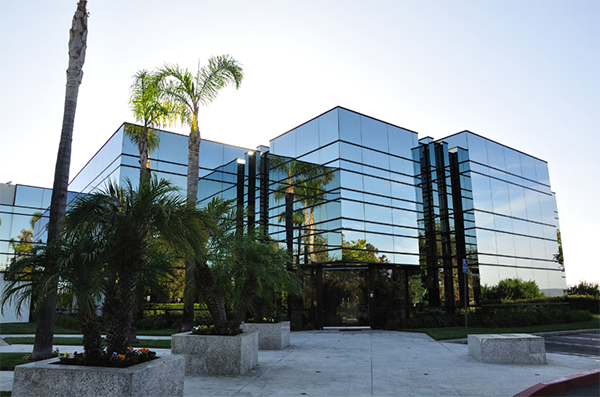Navigating the commercial real estate (CRE) market can be a rewarding venture, but it requires careful planning and execution. Whether you’re eyeing shopping centers, warehouses, or multi-family residential buildings, understanding the best practices can make your investment process smoother and more successful. Here’s a comprehensive guide to help you on your journey.
Understanding Commercial Real Estate
Commercial real estate refers to properties used primarily for business purposes and income generation. These properties include:
- Shopping Centers and Storefronts: Retail spaces designed for various businesses.
- Warehouses and Industrial Properties: Facilities for manufacturing, storage, and distribution.
- Large Residential Rentals: Condominium buildings or apartment complexes with more than five units.
- Medical Buildings: Hospitals, clinics, and other healthcare facilities.
Seven Essential Steps for Buying Commercial Real Estate
- Clarify Your Investment Goals: Before diving into the property market, understand why you’re investing in commercial real estate. Are you seeking income, tax benefits, or portfolio diversification? Defining your goals will provide direction and help you stay focused throughout the process.
- Evaluate Your Options: Commercial real estate comes in many forms, from office spaces to industrial sites. Determine which property type aligns with your investment strategy and comfort level. Each type has distinct management and operational requirements.
- Secure Financing Early: Obtain financing before you start searching for properties. This step will not only streamline your search but also prevent potential disappointments. Knowing your budget in advance allows for quicker decision-making and smoother transactions.
- Partner with Experts: Engage with experienced professionals such as commercial real estate agents or attorneys. Their expertise can guide you through the complexities of the market and ensure that your transactions are handled efficiently and legally.
- Find the Right Property: With your goals and financing in place, begin your property search. Stick to properties that align with your investment criteria and objectives. A great property is one that helps you achieve your investment goals, not just a good deal.
- Conduct Due Diligence: Thoroughly investigate each potential property. Evaluate risks, rewards, and how well the property fits your needs. Detailed analysis will help you avoid costly mistakes and ensure the property benefits your investment portfolio.
- Close the Deal: Once you identify a suitable property, make an offer with a contingency clause, such as an inspection contingency, to protect yourself. Ensure that all necessary insurance is in place and that all documents are reviewed before finalizing the purchase.
The Bottom Line
Investing in commercial real estate can offer significant benefits, including income potential and portfolio diversification. By following these best practices and working with knowledgeable professionals, you can navigate the CRE market with confidence and make informed decisions that align with your investment goals.
Find more wonderful Commercial Real Estate information at Forbes.com! Sonenreich, Aviva. “Council Post: Best Practices When Buying Commercial Real Estate.” Forbes, Forbes Magazine, 13 Aug. 2024, www.forbes.com/sites/forbesbusinesscouncil/2023/01/24/best-practices-when-buying-commercial-real-estate/. Accessed 21 Aug. 2024.





